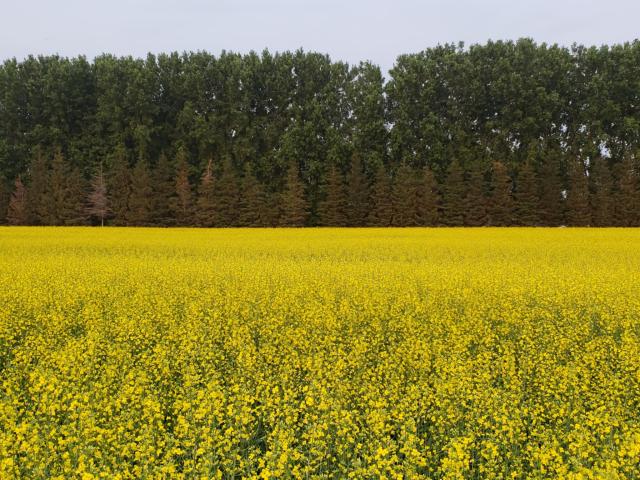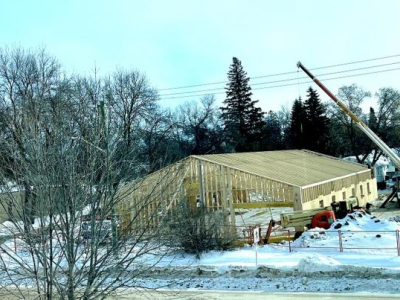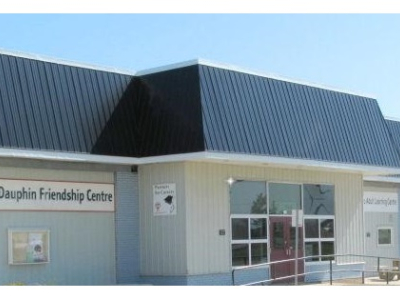It was a week of high temperatures and high humidity according to the weekly Manitoba crop report.
The temperatures province-wide ranged from the high 20s to the 30s, and the damp year so far has led to consistent and substantial humidity.
There was fairly minimal rain with this heat though, especially in the northwest and southwest region, as The Pas and several locations in the southwest saw no rain at all.
Even with this hot and drier trend, extending the total accumulated rainfall to July 21st still has over 135% of normal precipitation since May 1st.
The warmer conditions certainly advanced crop growth across much of the province, but it has had some drawbacks as well.
Oil seed crops made a lot of progress, but in the extreme heat, some canola showed increased amounts of flower blasts. This was reported both by Agronomists and Producers alike
Flax fields are either just beginning to bloom, or have reached full bloom, and aside from saturated/flooded areas, crops are rated as good. As well, sunflowers range from late vegetative to R2 growth due to planting and water stress conditions.
Fall rye was in the late dough stage to dry down stage with harvest anticipated to start in about ten days, assuming the weather allows.
Some Corn has begun to tassel but primarily ranges from V8-V10.
Spring wheat is between anthesis and hard dough, with most oats and barley at the milk stage. Spring wheat quality is rated mostly fair to good with 5 to 10% of the crop being reported as poor in the Southwest, Northwest, Central, and Interlake regions.
Field peas are in the R3 to R4 stage and For the most part, fields are looking good. However, there are fields affected by the excess moisture and doing poorly.
Also, Soybeans are in the R1to R2 stage and have seen rapid growth over the last week due to the hot humid conditions.
Forages are running into some issues in low-lying areas, but roughly 90% of dairy producers in the Eastern region have completed the first-cut harvest of alfalfa fields and
35% have completed the second cut. Some producers have opted to use grass intended for hay as bale silage.
Rain showers continue to make it difficult to produce good quality, dry hay, and Corn silage fields have responded well to high temperatures with staging at V8-V10.
Pastures and Cattle are both in generally excellent condition, though there is still a risk of foot rot and intense fly pressure in low-lying and wet areas.
Here in the Northwest region, little rain, high temperatures, and some smokey conditions were prominent, leading to substantial growth.
Winter wheat and fall rye crops are mostly in the soft dough stage and look good in most areas not affected by excess moisture.
Most of the spring wheat is headed out and in grain development. The earliest fields are moving into the soft dough stage and the remainder behind that. Some crops that were lodged by previous storms have luckily recovered.
The majority of the canola crops are in the flowering/podding stages, however, later seeded fields are in the rosette/bolting stage. Crops are more advanced in Swan River/Roblin and behind in the Dauphin area due to excess moisture in spring.
Soybean crops are in the R1 stage and mostly looking good. The recent heat has helped and advanced the crops quickly. There are crops in the Dauphin area that were stressed from excess moisture and are in the vegetative stage.
Progress moves along, but not without its challenges. with another hot muggy week, growth is sure to progress well, but we'll see if extreme temperatures rise again to cause issues.
Until next week, Stay safe, and thanks to all the producers working hard out there!







